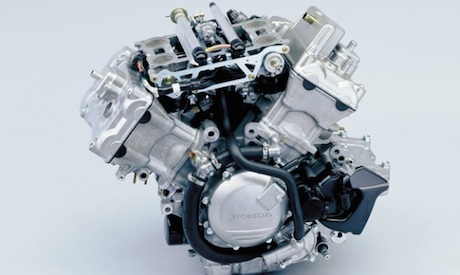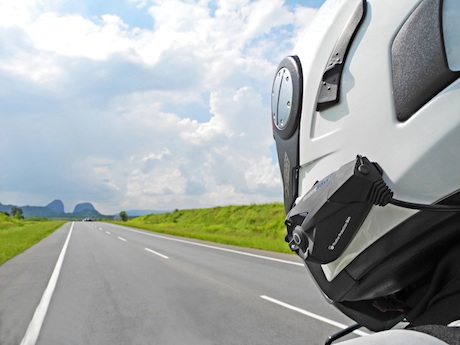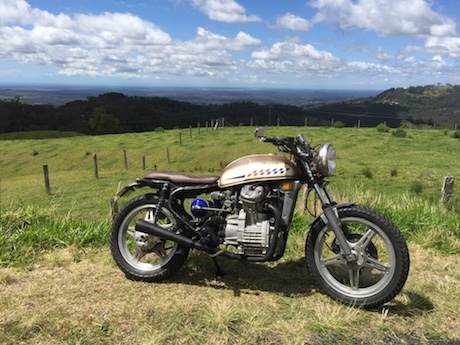Do you have a conversation with your motorcycle, listening for strange mechanical noises and sometimes even talking to your bike (or swearing at it)?
It’s not weird. It’s called “mechanical sympathy” and in some ways, that’s what Kawasaki’s future Rideology will achieve using a bluetooth system where the rider can talk to their bike and it can respond by adapting to the rider’s behaviour and riding style.
Mechanical sympathy used to refer to the rider being careful with their machine, protecting and nursing its weaknesses and vulnerabilities by listening to the engine and gearbox and being aware of any rattles.
These riders gently warmed up their machines, changed gears at optimal revs to ensure there was low load on the cogs and listened carefully for any changes in engine sounds that would give an early indication of required maintenance.
They also talked to their bike, urging it on and nursing it through difficult times. It was like a conversation.
However, modern fuel-injected bikes don’t need warming up. Just get on, hit the ignition and go. They actually work better like that.

Modern motorcycle engines also have sealed-for-life parts that require no maintenance or attention, so the rider doesn’t get to know their engine.
Modern motorcycles are also very reliable and take the stresses and strains of incompetent or unsympathetic riders.
Many modern riders are no longer listening to their motorcycles or having a conversation, anyway. They are instead tuning into their helmet bluetooth headsets and listening to music.

I admit to being one of the latter.
Even a juicy exhaust or intake note becomes boring after a while and I’ll turn to music to pass the time on a ride.
However, riding my 36-year-old Honda CX500 project bike has rekindled my mechanical sympathies.
The gearbox is a little worn and tends to jump out of some cogs or refuse to go into others.
Without a tachometer, you have to listen to and feel the revs, changing gears at the optimum time.
You also have to listen to the engine and try to nurse it along so it doesn’t become laboured or over-revved.
I’ve found it doesn’t have a one-note song from the exhaust or the twin exposed air filters, but actually a multi-noted symphony that you have to listen to for a sour note which could be a clue to something going wrong.
It may sound like a pain, but it is an absolute delight. I talk to the bike, encouraging it and telling it how much I appreciate its service. Ok, that’s a bit of a weird conversation, but it only happens in my helmet, so it’s ok.
With a little care and mechanical sympathy I have been able to take the bike up steep ascents and across gravel roads that I wouldn’t have thought possible, given its mechanical shortcomings.




